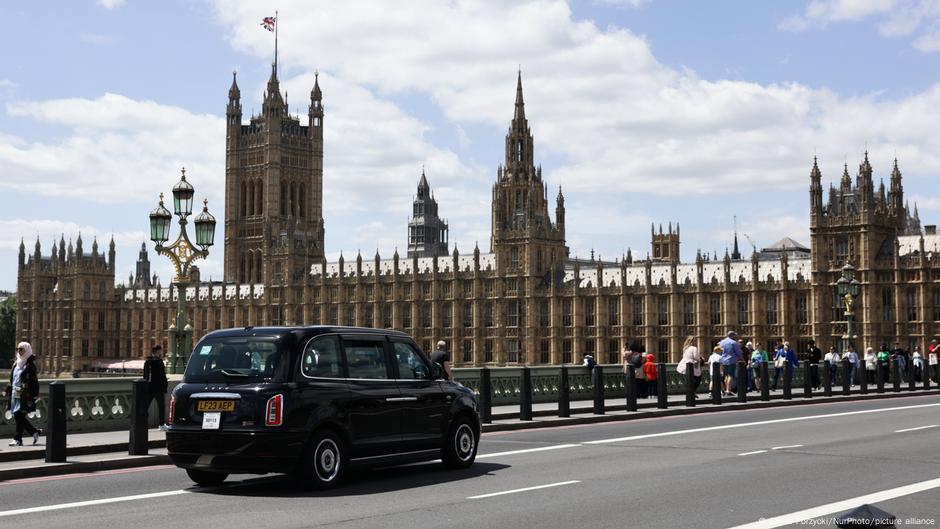Prime Minister Rishi Sunak's Conservatives are thought to be in serious trouble, while for Labour the question seems to be how large their majority will be. Follow DW for more. What you need to know Why seat projection figures are so difficult and so liable to swing Rather like in the US, the majoritarian or "first-past-the-post" voting system in the UK can make it difficult to predict the most important part of the election outcome, how seats are divided up in the House of Commons.
Effectively, Thursday's election is 650 separate and unconnected mini-votes. In every constituency, the candidate with the most votes wins. A party has the numbers to govern if it wins 326 of these races.

The party vote share at the national level is fundamentally unimportant to seat numbers. There are no runoffs or second rounds, and usually no coalitions. Smaller parties have long railed against the system as unfair, but never have enough seats to bring about any reform; Labour and the Conservatives have traditionally both endorsed and benefitted from the system.
On the one hand, it makes matters simpler arithmetically. But it can make predicting seat numbers in the House of Commons a perilous game for pollsters. At least 40 seats are considered marginal or at risk for both the Conservatives and for Labour — often in direct competition with each other, or sometimes in competition with third parties like the Lib Dems, Reform, or the SNP in Scotland.
Tiny changes in overall popular support acros.
















